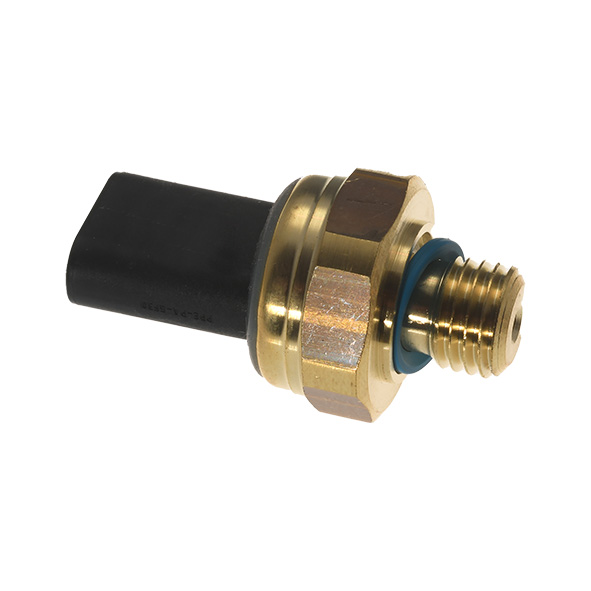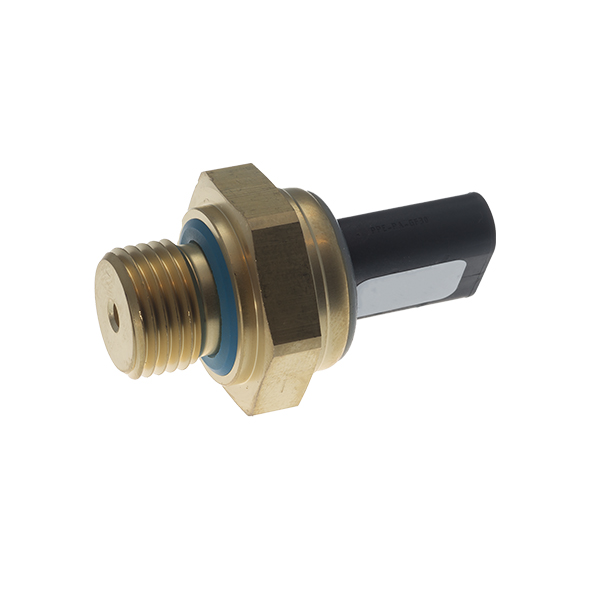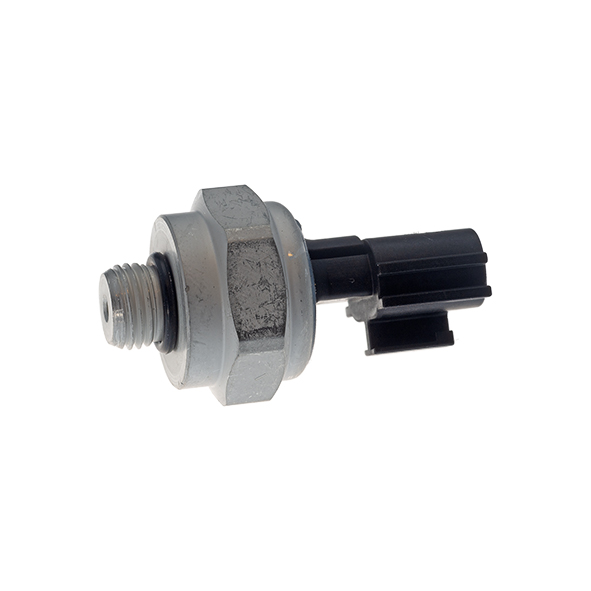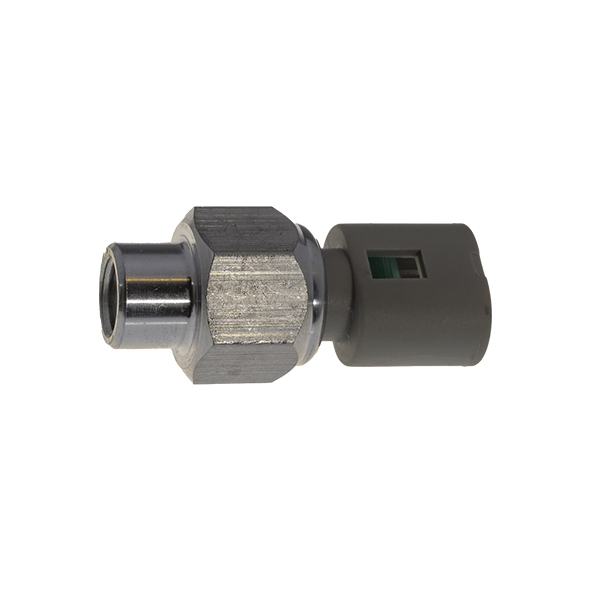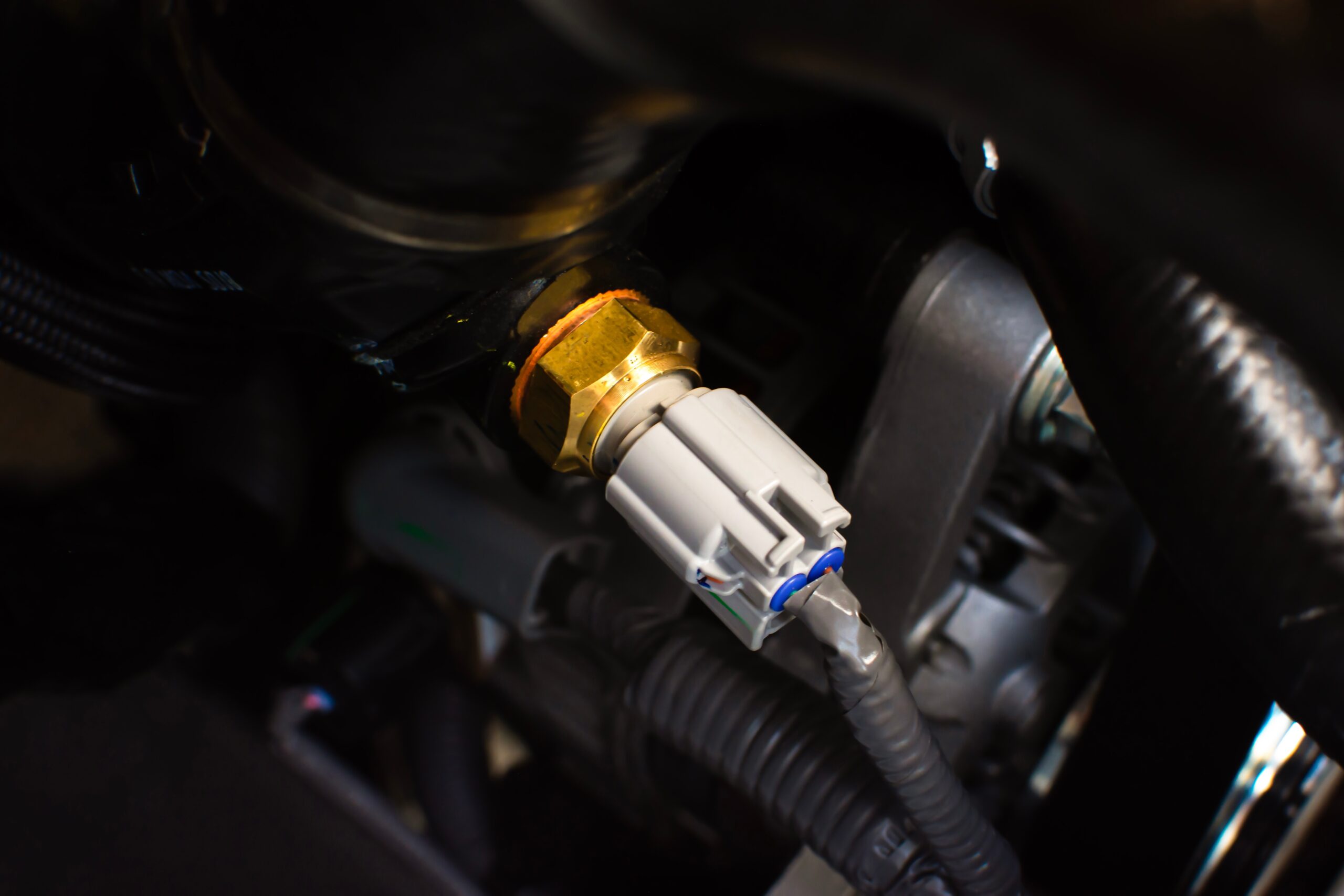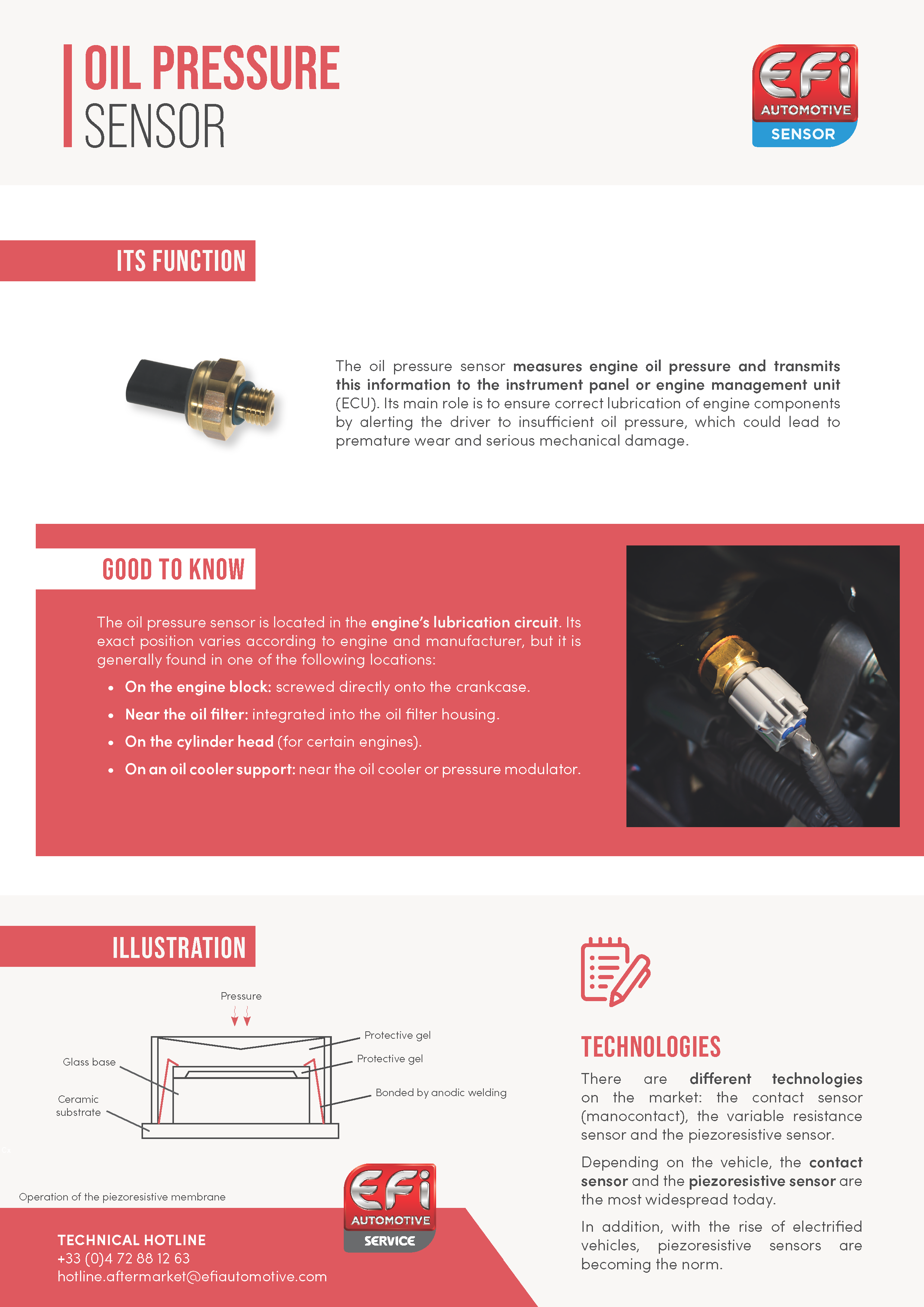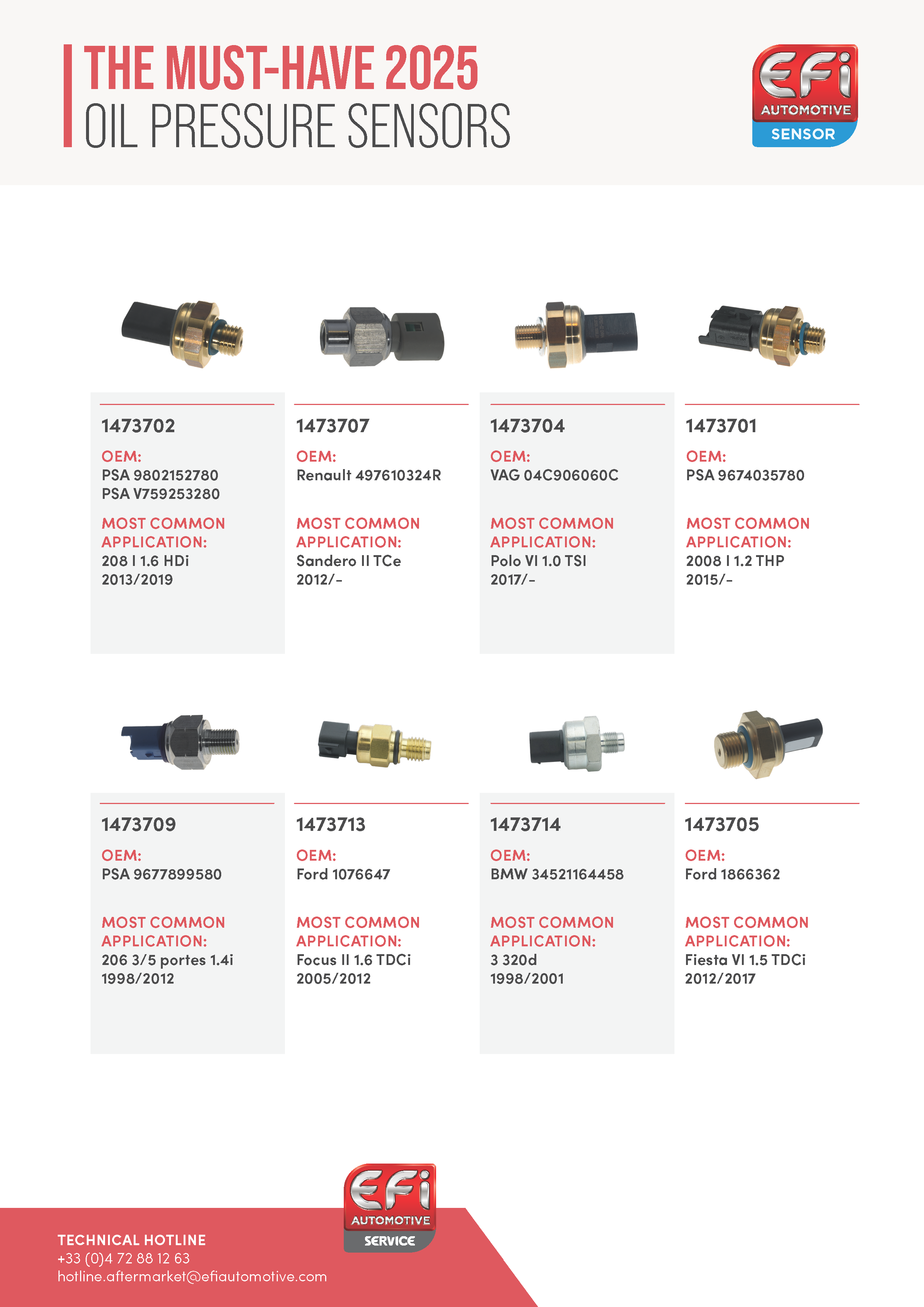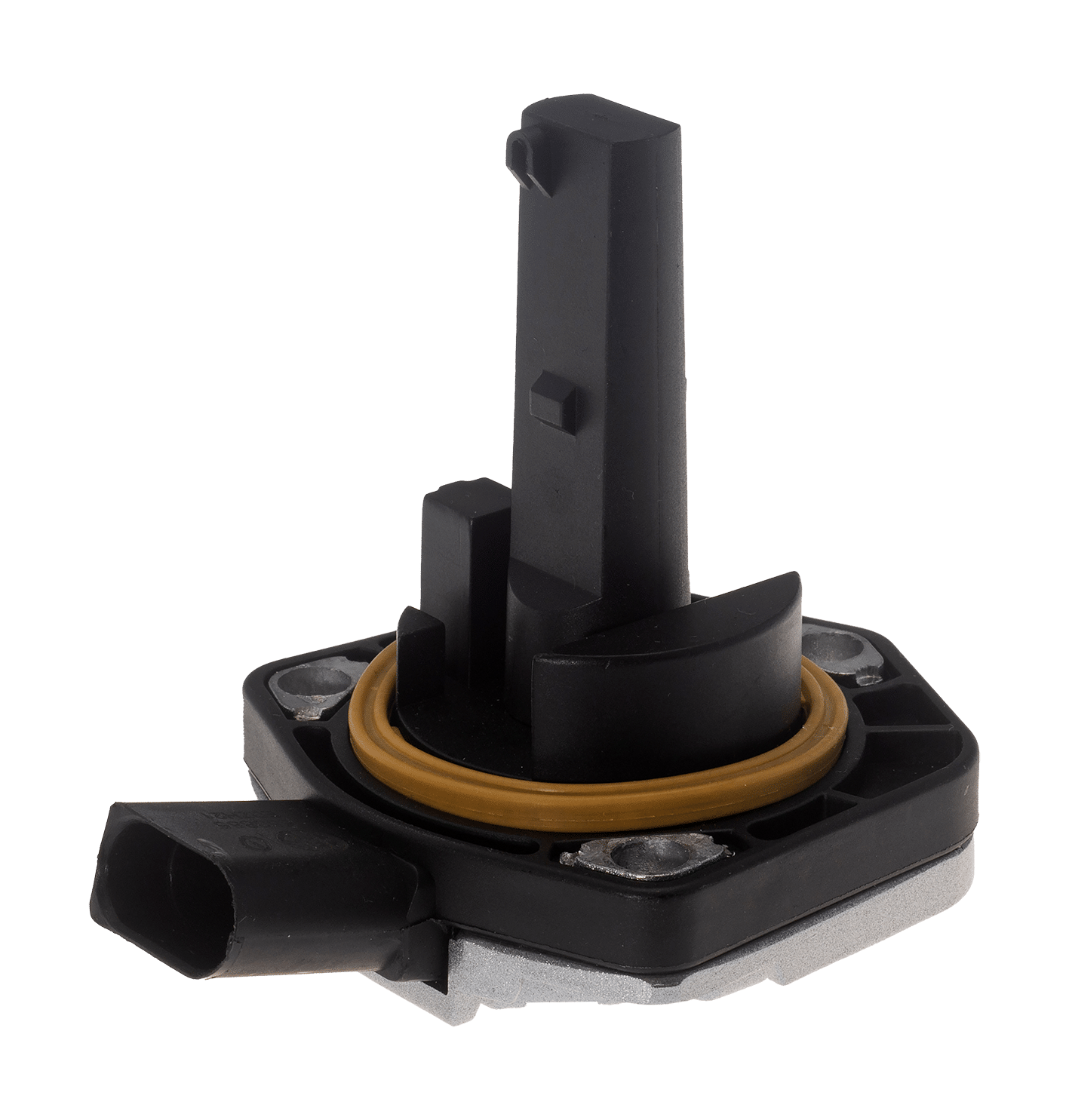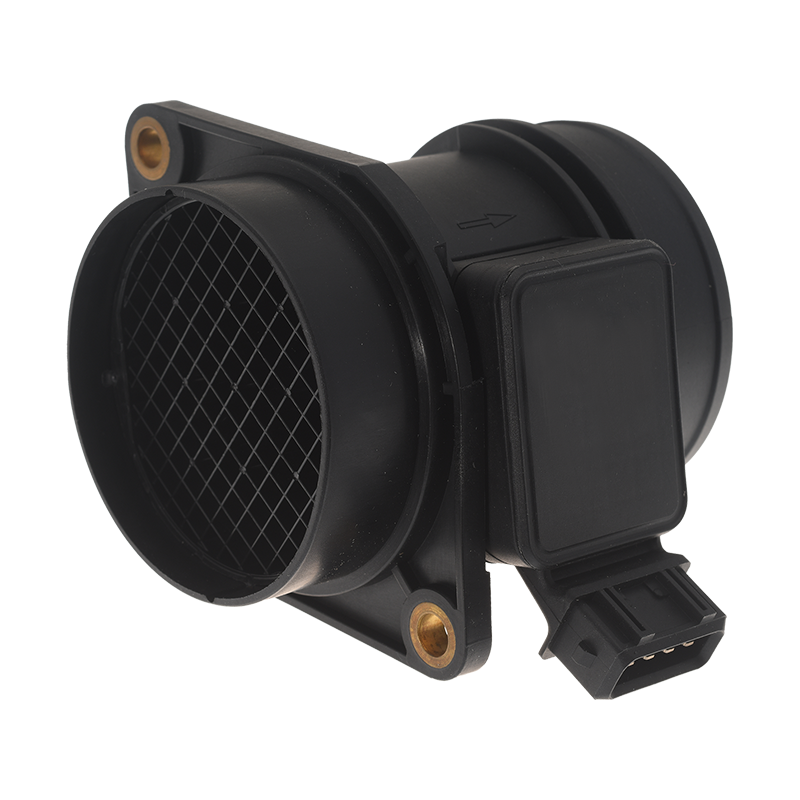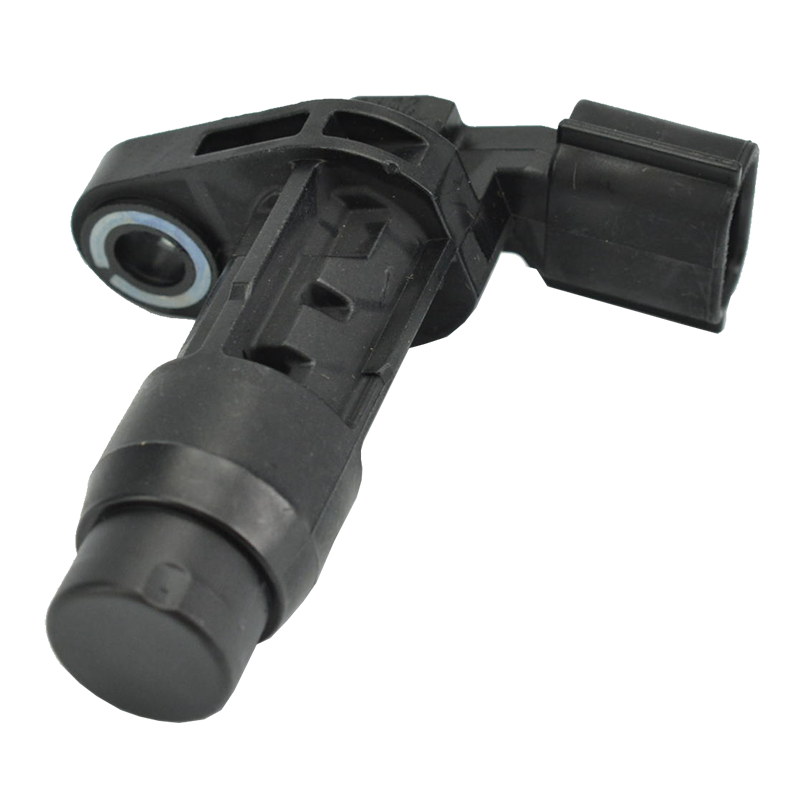The most common sign of a sensor issue is the activation of the oil pressure indicator light on the dashboard. If the sensor is not working properly, it can send false information to the ECU, triggering the warning even if the oil pressure is normal. An oil pressure indicator light which either flashes or comes on and goes out randomly may also indicate a faulty sensor or faulty electrical connections. If the vehicle is fitted with an oil pressure gauge (in addition to the indicator light), you may notice that the reading is consistently too low or too high, or that it fluctuates abnormally. An incorrect reading is often the result of a faulty sensor which is not measuring the pressure correctly. In some cases, failure of the oil pressure sensor can lead to engine stalling or loss of power. This occurs when the engine control unit (ECU) receives incorrect information from the sensor, resulting in inappropriate actions, such as limiting engine performance to prevent potential damage. If the oil pressure sensor is faulty and is transmitting false information, it may not properly warn the driver in the event of a genuine drop in the oil pressure. In this case, the engine may lack lubrication, resulting in mechanical noises such as rattling or squeaking coming from the engine’s internal parts. A faulty sensor can sometimes cause a false alarm indicating a lack of oil, even if the level is correct. This can lead the driver to unnecessarily add oil, resulting in excessive oil consumption. In some cases, a faulty oil pressure sensor can affect the entire operation of the engine. The engine management system may enter “safe” mode or limit performance to protect the engine against potential damage.
